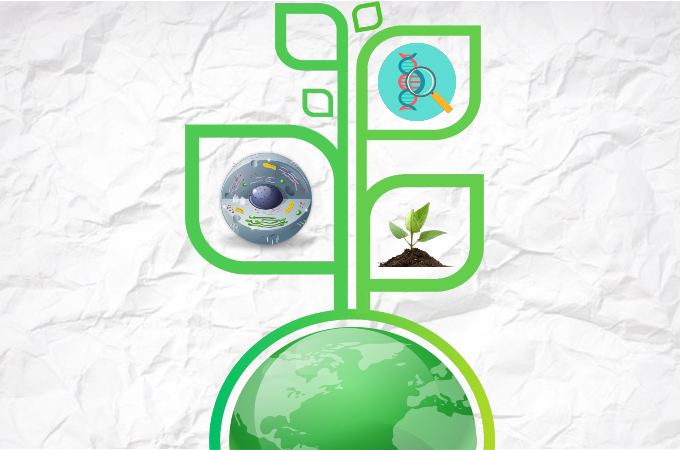
Biology is commonly defined as the study of life. It is a branch of science that deals with everything there is about living organisms, from single cell bacteria to human beings. Biology is branched out into different field of studies depending on their specialization. Zoology, Botany, Anatomy and Ornithology are just some of the fields of study that falls under Biology. Aside from those four examples, there are still a lot of fields of Biology out there. On that note, we prepared some Biology concept map below that you can use.
Biology Concept Map Templates and Examples
Photosynthesis Concept Map
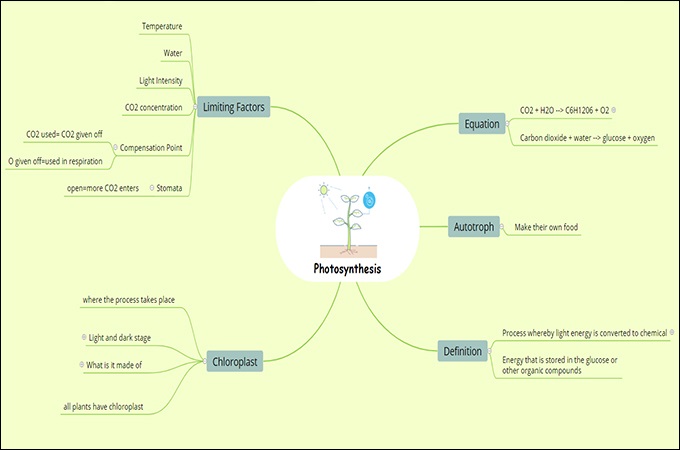
Photosynthesis is a process that is used by plants to make their own food. It is the process of converting sunlight into chemical energy along with other components like minerals, water and carbon dioxide. The process starts by collecting light energy using the “Stomata” which are minute holes in the leaves of plants. The roots are then responsible for collecting water, and other minerals from the soil. Carbon dioxide is also a vital ingredient to produce Glucose and Oxygen which are the end product of Photosynthesis. To further understand the entire process, refer to the Photosynthesis concept map above.
Cell Division Concept Map
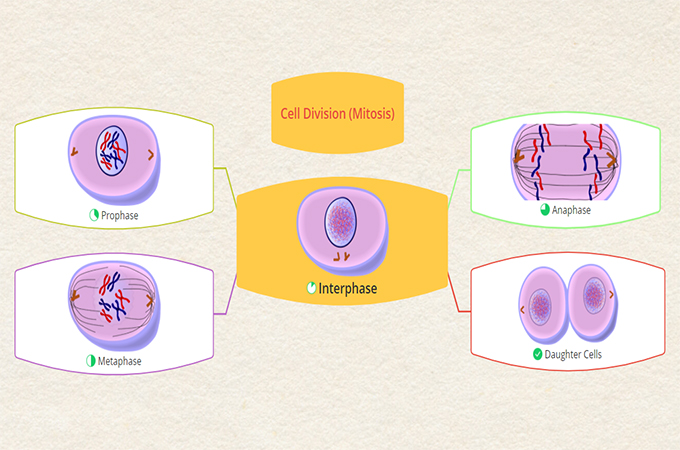
Mitosis is the process of a single cell diving into two identical cells. Cell division is done by the body to replace dead ones. One example when this process occurs is when a wound heals. When we get hurt, cells starts the process of Mitosis to divide themselves in an attempt to replace the damaged ones. This results to the healing that we are all aware of. During cell division, the parent cell splits into two similar cells retaining the same number of chromosomes. The cell division concept map above clearly illustrates this process.
- Prophase – This is the stage where the cell starts to gather a component called “Condensin.” It will then start the condensation process after getting the target amount of the said component.
- Metaphase – Next, the cells transforms into a compact state by gathering all the centromeres from every chromosomes in the middle.
- Anaphase – The cell enters Anaphase when the sister chromatids abruptly separates into two.
- Daughter Cells – After the Anaphase, the daughter cells will emerge. These are two identical cells that originated from a single parent cell.
Cell Structure Concept Map
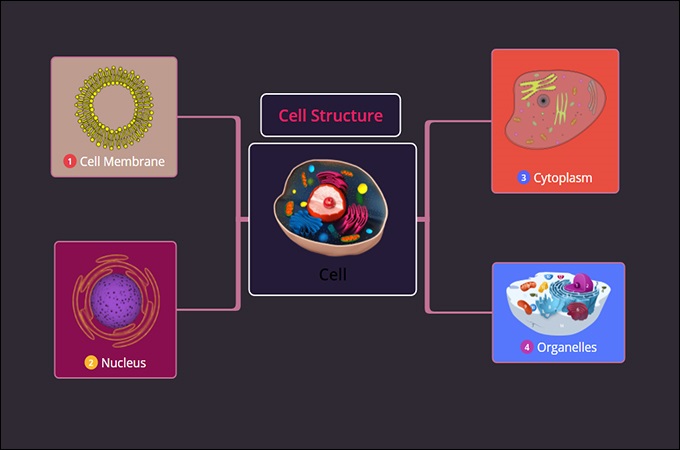
The cell is the basic unit of every organisms. Cellular biology is the main field that specializes in the study of these minute units of life. Despite being so tiny that they are invisible to the naked eye, cells do have their own parts and structures. A single cell is composed of various parts as shown in the cell structure concept map above. While all cells differ in shape, they still have the same parts and structures. Below are the three parts of the entire cell, which makes up the entire cell structure.
- Cell Membrane – This is the outer covering of the entire cell. In short, it is a protective membrane that protects and separates the inner and exterior part of the cell. It also regulates the materials that enters and exits the cell to ensure cell integrity and no harm is done to the cell.
- Nucleus – The nucleus is called the control center of the cell. Much like the brain, it controls the entire cell activity from the inside. The nucleus contains a type of protein call Deoxyribonucleic Acid or DNA. This DNA is the genetic fingerprint of a living organism which details their genetic history. Refer to the genetics concept map to know the importance of this type of protein.
- Cytoplasm – The Cytoplasm is the gel-like substance inside the cell. It fills the entire insides of the cells, which makes it possible for the organelles to operate. In general, we can say that the Cytoplasm is the production area where all cellular processes happen.
- Organelles – Organelles, as their names suggest are organs that are suspended in the Cytoplasm. Much-like our own organs, each organelles perform specific functions for the entire cell structure to function.
Genetics Concept Map
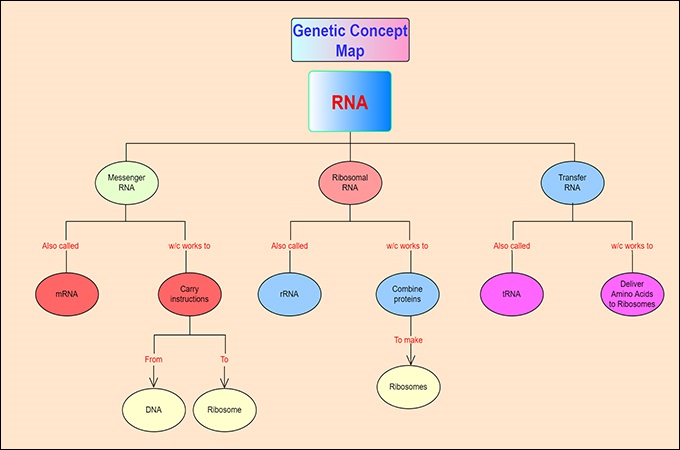
Genetics involves studying the DNA and tracing the heredity of an organism. This is one of the more complicated branch of Biology which needs extensive research and knowledge to understand. The Genetics concept map above shows some samples that traces the heredity of a certain individual. It illustrates information about one’s ancestry, health conditions and other factors.
Conclusion
Biology is an important branch of science that has an impact on many fields. From medicine, law, and even astronomy, you can apply this branch of science. However, there are many factors that can confuse people who wants to study Biology. That is why we provided the Biology concept maps above to give you materials that you can refer to from time to time.
Leave a Comment